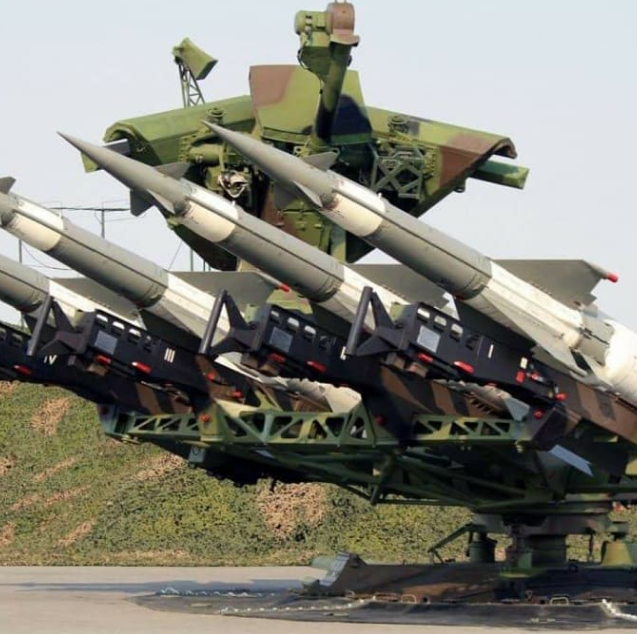Why Invest in Defence Manufacturing
-
Focus on indigenization
75% of India's defence capital procurement budget for FY 24 was reserved for procurement from Indigenous sources.
-
Modernization
India to spend $130 Bn on fleet modernization in the next 5–7 years.
-
Cost Savings
Significant cost savings in manufacturing in India over Europe/North America.
-
Supply Chain
Defense industrial base of 350+ major manufacturers and 10,000+ MSMEs for potential collaboration.





















